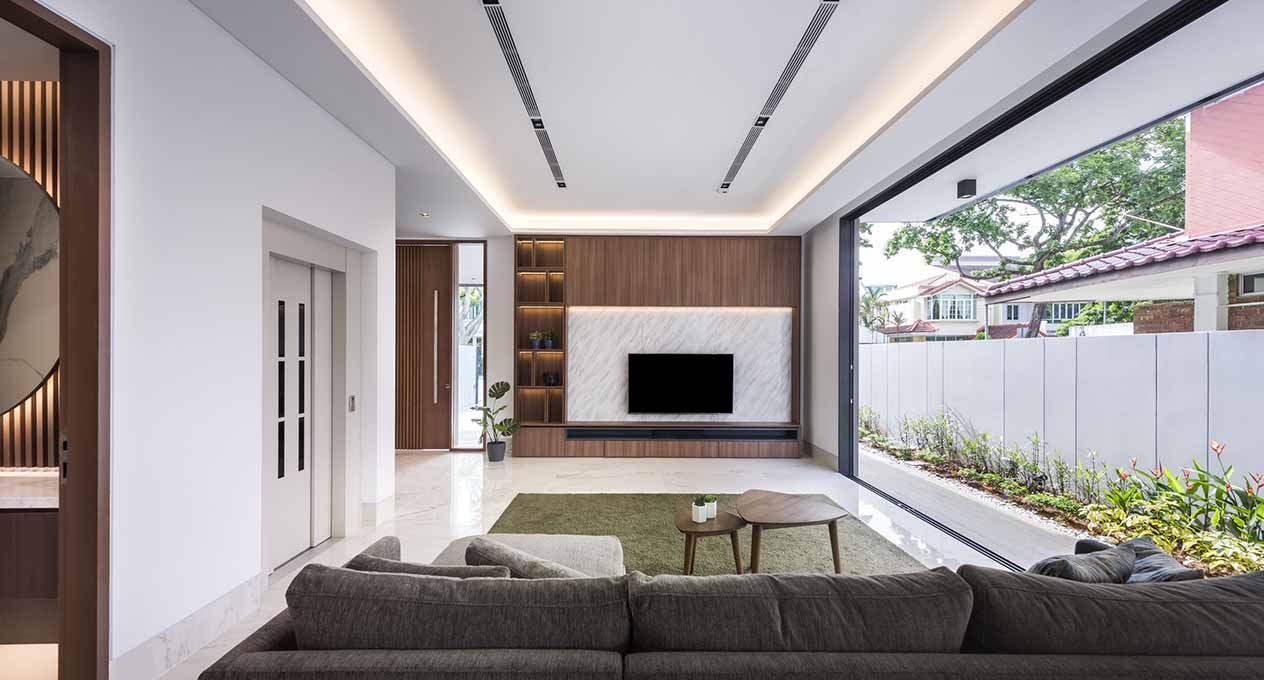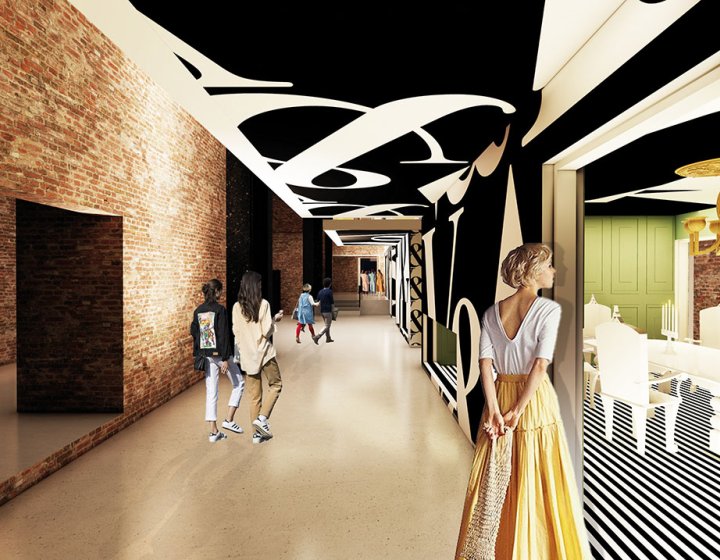How to Find Top Luxury Home Architect Services Near You
Wiki Article
The Art of Balance: Exactly How Interior Design and Home Engineer Collaborate for Stunning Outcomes
In the realm of home layout, striking a balance between aesthetic appeals and capability is no small accomplishment. This delicate balance is attained via the harmonious collaboration in between indoor developers and architects, each bringing their unique knowledge to the table. The outcome? Spaces that are not only visually stunning yet likewise incredibly comfortable. This perfect blend is not always simple to achieve. Remain with us as we explore the ins and outs of this joint process and its transformative influence on home style.Recognizing the Core Differences Between Interior Decoration and Home Architecture
While both interior layout and home style play important roles in creating aesthetically pleasing and functional areas, they are naturally different self-controls. It deals with the 'bones' of the framework, functioning with spatial dimensions, load-bearing walls, and roofing layouts. On the other hand, interior style is much more worried with enhancing the visual and sensory experience within that framework.The Harmony In Between Home Architecture and Inside Layout
The harmony between home architecture and Interior Design hinges on a common vision of style and the improvement of functional looks. When these 2 areas align harmoniously, they can transform a home from ordinary to remarkable. This partnership needs a much deeper understanding of each technique's concepts and the capacity to develop a natural, aesthetically pleasing environment.Unifying Design Vision
Combining the vision for home architecture and Interior Design can create an unified space that is both useful and cosmetically pleasing. The equilibrium starts with an incorporated way of thinking; engineers and indoor designers collaborate, each bringing their experience. This unison of concepts forms the layout vision, a blueprint that overviews the job. This common vision is necessary for uniformity throughout the home, guaranteeing a fluid transition from exterior style to indoor areas. It promotes a synergistic method where architectural elements enhance Interior Design elements and vice versa. The outcome is a cohesive home that reflects the homeowner's individuality, way of living, and taste. Thus, unifying the layout vision is vital in blending style and Interior Design for stunning results.Enhancing Functional Aesthetics
Exactly how does the harmony between home architecture and Interior Design boost functional appearances? This synergy allows the creation of rooms that are not only aesthetically enticing but likewise comfortably functional. Designers prepared with their architectural design, making sure that the room is useful and effective. The interior developer then matches this with meticulously chosen aspects that improve the appearances without endangering the performance. This unified cooperation can cause homes that are both stunning and livable. For example, a designer may make a residence with high ceilings and large windows. The interior developer can after that highlight these features with tall plants and large drapes, respectively, therefore boosting the aesthetic appeal while maintaining the useful benefits of all-natural light and space.Relevance of Cooperation in Creating Balanced Spaces
The partnership between indoor designers and architects is essential in creating well balanced areas. It brings consistency between layout and design, bring to life areas that are not just visually pleasing yet likewise practical. Exploring effective collaborative methods can provide understandings right into exactly how this harmony can be efficiently attained.Harmonizing Design and Architecture
Equilibrium, an important facet of both Interior Design and design, can just really be attained when these two fields try this out operate in consistency. This harmony is not simply a visual factor to consider; it impacts the capability, sturdiness, and inevitably, the livability of a space. Interior developers and engineers have to understand each other's functions, respect their proficiency, and interact properly. They must think about the interaction of architectural components with decoration, the circulation of areas, and the effect of light and shade. This joint procedure results in a cohesive, balanced style where every element adds and has an objective to the total aesthetic. For that reason, harmonizing style and architecture is not almost creating lovely spaces, however regarding crafting rooms that function seamlessly for their inhabitants.Effective Collaborative Strategies

Situation Studies: Successful Combination of Style and Style
Analyzing numerous case research studies, it emerges exactly how the effective integration of Interior Design and design can change a click to read space. The Glass Residence in Connecticut, renowned for its minimalistic sophistication, is one such instance. Architect Philip Johnson and interior designer Mies van der Rohe worked together to create a harmonious equilibrium between the inside and the structure, resulting in a smooth flow from the exterior landscape to the internal living quarters. One more prototype is the Fallingwater Residence in Pennsylvania. Engineer Frank Lloyd Wright and interior designer Edgar Kaufmann Jr.'s collective initiatives bring about a stunningly unique residence that mixes with its natural environments. These instance studies underline the extensive effect of a successful layout and architecture cooperation.
Getting Over Obstacles in Design and Design Cooperation
Despite the indisputable benefits of an effective cooperation between Interior Design and architecture, it is not without its challenges. Communication concerns can develop, as both celebrations may use different terminologies, understandings, and techniques in their work. This can bring about misconceptions and hold-ups in task conclusion. An additional major challenge is the harmonizing act of aesthetic appeals and performance. Engineers might focus on architectural integrity and safety and security, while developers concentrate on comfort and style. The integration of these objectives can be complicated. Furthermore, budget and timeline constraints frequently add stress, potentially triggering rifts in the collaboration. Therefore, efficient communication, good understanding, and concession are vital to get rid of these difficulties and achieve a successful and unified partnership.
Future Trends: The Advancing Connection Between Home Architects and Inside Designers
As the globe of home style continues to progress, so does the partnership in between engineers and indoor designers. Conversely, interior developers are welcoming technological facets, affecting total layout and performance. The future assures a much more natural, ingenious, and adaptive approach to home design, as developers and designers continue to blur the lines, fostering a relationship that truly personifies the art of equilibrium.Final thought
The art of balance in home layout is attained with the unified partnership in between interior designers and engineers. Despite obstacles, this partnership cultivates growth and advancement in design.While both indoor design and home design play important This Site duties in creating visually pleasing and functional areas, they are naturally different self-controls.The harmony between home style and interior style exists in a common vision of design and the improvement of useful appearances.Combining the vision for home design and indoor design can produce an unified living space that is both practical and visually pleasing. Hence, unifying the design vision is important in mixing style and interior style for sensational outcomes.
How does the synergy in between home style and indoor design enhance practical appearances? (Winchester architect)
Report this wiki page